I chose the industrial chic or industrial aesthetic because I have always enjoyed its look. Something about the exposed brick, ductwork, and metal has always drawn my attention. While this aesthetic is most commonly associated with interior design, it can just as easily be applied to a variety of objects. This can be done primarily through the incorporation of metal and unfinished wood, which can add the character that industrial chic is known for. The use of this aesthetic arose starting in the 1970s but began to grow more in the 2000s before gaining more widespread notoriety in the 2010s. However, the origins of this aesthetic can be attributed back to the industrial revolution in the 1700s and the design of early industrial spaces.
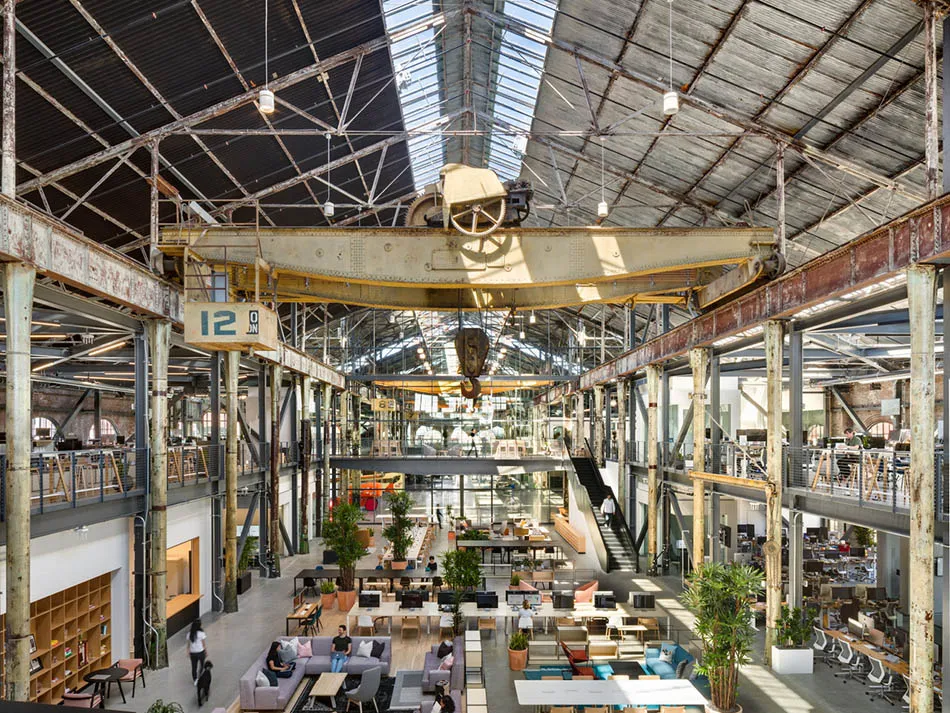
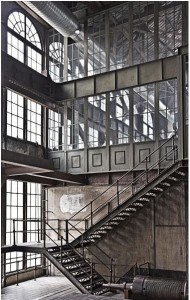
Since the use of this aesthetic in the 1970s grew out of necessity for affordable housing in New York, many of the original elements of early factories are still staples. Large windows were used to allow light into factory floors before the widespread emergence of electricity; fears of fires and a desire to streamline work led to flat roofs, open floorplans, and unadorned facades; and a need to quickly construct new industrial spaces all drove the design of old industrial areas. After their adoption as housing, these elements have translated into what we associate with industrial chic for interior design.
In the early 1900’s the designer Albert Kahn further advanced the construction of industrial spaces by including concrete and steel, pushing the industrial aesthetic closer to the interior design scheme that can be seen today. These changes, and the increased size of factories, led to them moving out of metropolitan areas, leaving the smaller footprint factories abandoned. The open floorplans and large amounts of natural light meant that these old structures were well positioned to be repurposed into lofts and living spaces, which they were beginning in the late 1960s, especially by artists looking for affordable housing. This is perhaps exemplified by one of the locations Andy Warhol’s used for his “Factory,” which was a firehouse turned into a loft.
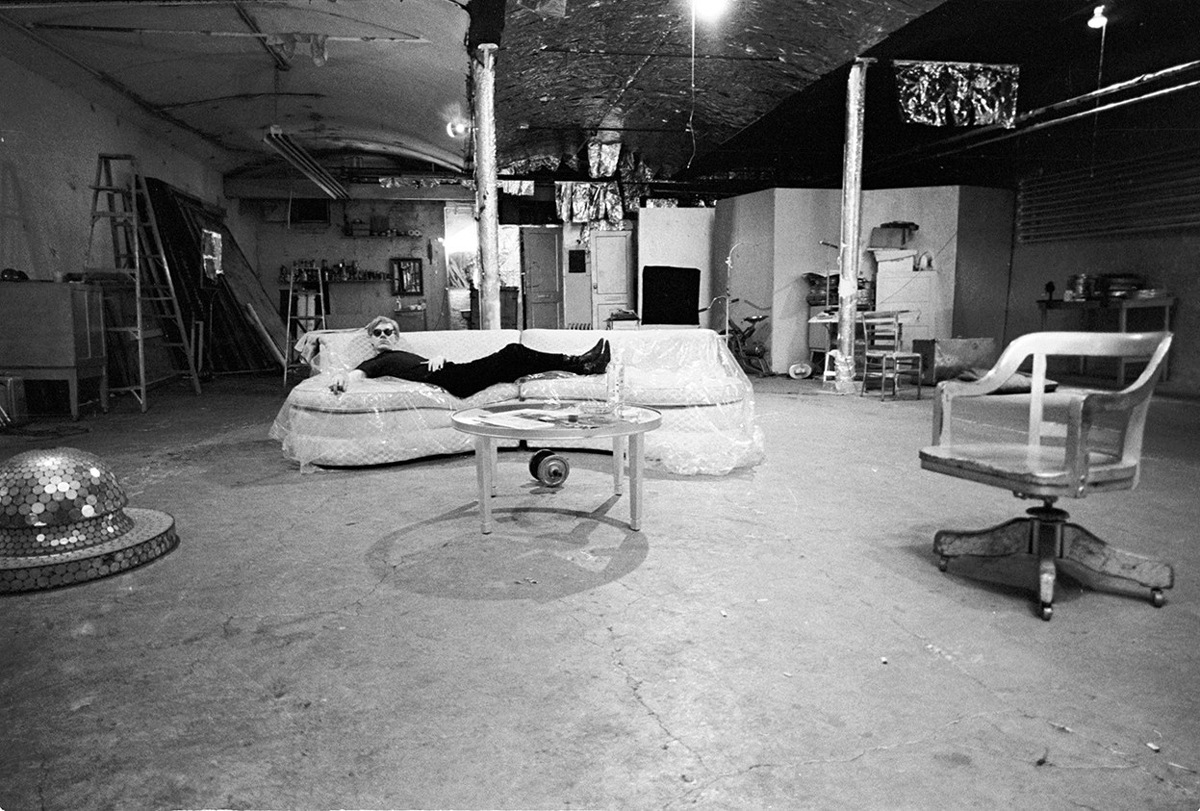
One of the key features of this design is the re-use of older objects and spaces. Many of the key features of this aesthetic from an interior design standpoint are open-format spaces, high-contrast materials (ie. pairing polished materials like glass with raw materials such as wood), large use of metals, exposed architectural features, and “antique” features such as Edison bulbs. Color palettes are typically relatively neutral, with a special emphasis on greys. Since this style highlights reuse, thinks like a worn patina, faded paint, or old cracking wood are all staples. These features all give industrial chic its characteristic “unfinished” look. However, more recently it appears that the industrial aesthetic has taken on a new appearance. In some cases, it has taken on colder palettes with minimalist designs that are coupled with clean sharp lines and shiny metallic surfaces. It can be easy to imagine this variation of the industrial aesthetic through high-end modern kitchens, which can take on some of the aspects of the industrial aesthetic. This version of the style focuses more on practicality and functionality than re-use of materials, though recycled materials are still common. In some cases this also shows an emphasis on minimalism as these designs typically do not feature extra adornments.
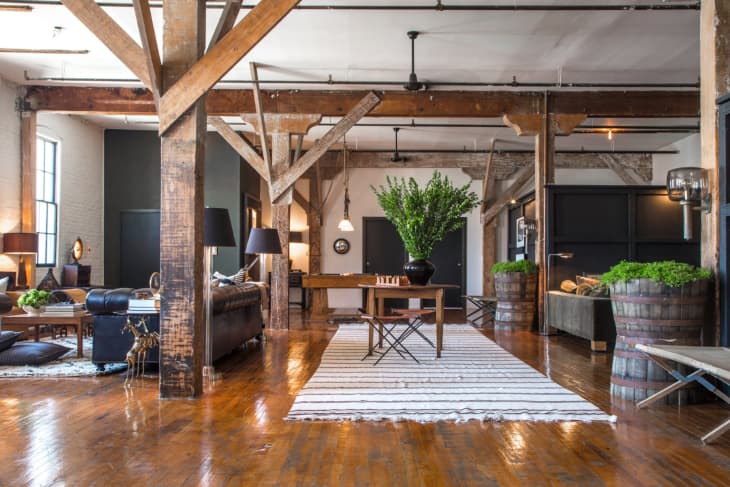
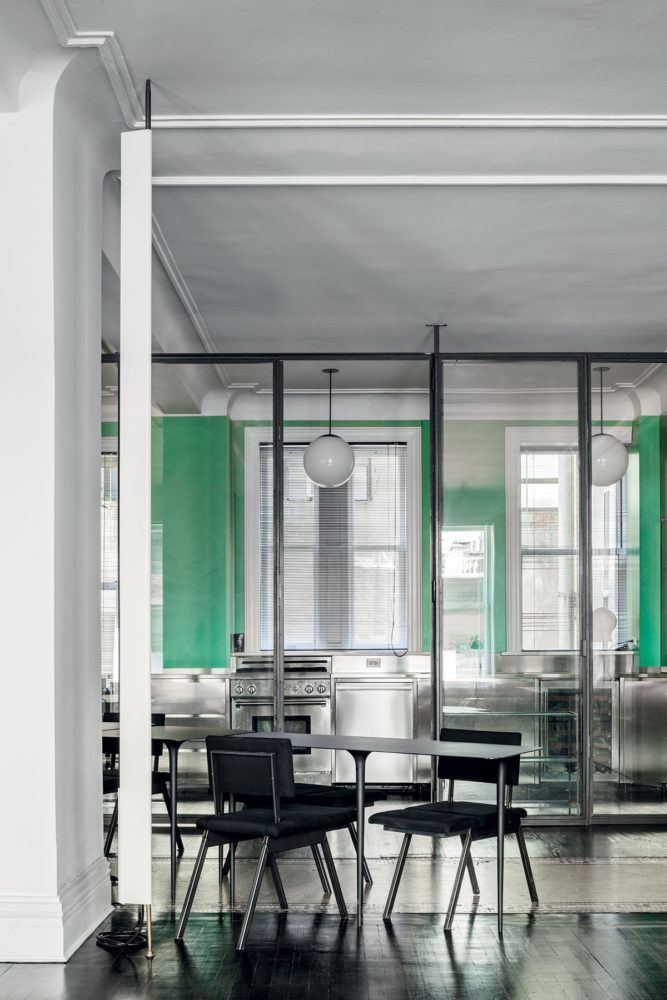
This aesthetic extends to more than just lofts and apartments. The design fundamentals of re-use and raw materials can be extended to objects. Especially when it comes to the fusion of metal and wood in manners reminiscent of old factory equipment, or parts of old factory equipment. Interestingly, because of the origins of this style coming out of repurposed factories, there are some design commonalities with the steampunk aesthetic. While industrial chic is typically more understated, both aesthetics will incorporate elements like cogs, Edison bulbs, and raw metal into their designs. Industrial chic as an aesthetic offers a glimpse into what is typically hidden. The use of raw materials with a foremost utilitarian focus seems as though it may create a harsh environment, but the aspect of use and wear that is omnipresent in the aesthetic helps to keep it fairly neutral. As an aesthetic, it offers an interesting duality between its inception out of a need for affordable housing and its wide adoption and use in the artistic community for living and working spaces.


References:
Drake, RaShea. “Home Interior Design Styles: What Is Industrial Design?” Vevano, Vevano, 29 Aug. 2019, vevano.com/blogs/design-101/home-interior-styles-industrial-design#:~:text=Industrial%20interior%20design%20takes%20inspiration,personnel%20to%20accomplish%20more%20work.
Giulia. “Industrial Style: From the Raw Soul to the Professional Mark.” Modulor, 9 July 2021, www.modulor.it/en/industrial-style-from-the-raw-soul-to-the-professional-mark/.
“The History of Industrial Chic Design in Modern Architecture: DC Duct.” DC Duct & Sheet Metal LLC, 13 Sept. 2017, dcduct.com/industrial-chic-modern-architecture/.
“Industrial Interior Design: 7 Characteristics of Industrial Style – 2023.” MasterClass, www.masterclass.com/articles/industrial-interior-design-explained.
“Industrial Style.” Wikipedia, Wikimedia Foundation, 22 Oct. 2020, en.wikipedia.org/wiki/Industrial_style#:~:text=Industrial%20style%20or%20industrial%20chic,lofts%20and%20other%20living%20spaces.
Kocharian, Anna. “Here’s Everything You Need to Know about Industrial Style.” Apartment Therapy, Apartment Therapy, LLC., 7 Aug. 2020, www.apartmenttherapy.com/industrial-style-36771433.
Lewis, S. “A Quick Introduction to Steampunk Style in Home Design.” Homethangs, 13 May 2015, m.homethangs.com/blog/2013/09/a-quick-introduction-to-steampunk-style-in-home-design/#:~:text=Industrial%20style%20lighting%20is%20especially,design%20all%20on%20their%20own.
Ross, Charmaine. “From Warhol’s Factory to the Modern Workplace.” Spacestor, 27 Sept. 2018, spacestor.com/en-us/insights/industry-trends/industrial-design-from-warhols-factory-to-the-modern-workplace/.
Strawn, Joey, and Joey Strawn Joey Strawn is Inbound Marketing Director at INDUSTRIAL. “The Roots of Industrial Chic.” Industrial Marketer, 7 June 2022, industrialmarketer.com/the-roots-of-industrial-chic/.

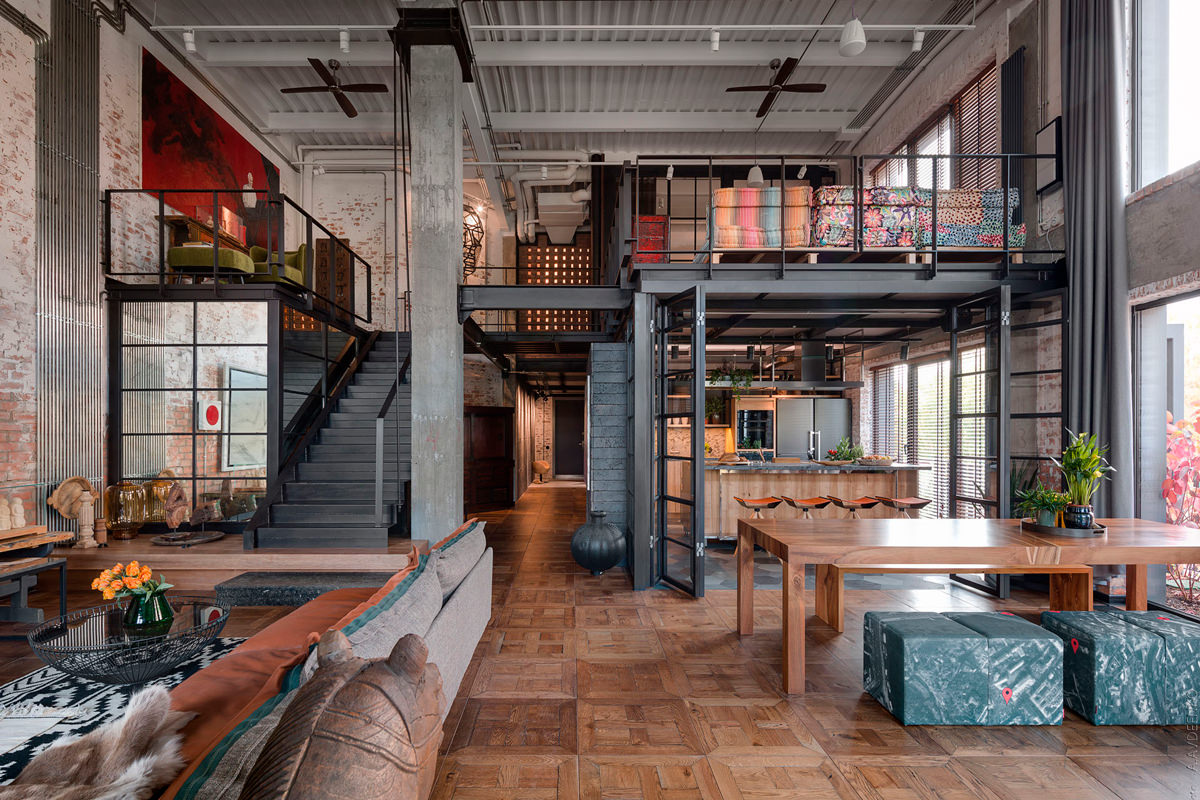
4 Comments. Leave new
Cool Post! I really like this aesthetic and like the pictures you found. I’m wondering what you think about the semi-recent trend of fast-food chains adopting the industrial aesthetic and leaving their ceilings unfinished? I can think of Chipotle and Five Guys, but I’m sure there are many more.
Thank you! I think that the trend of fast-food chains adopting the industrial aesthetic is really interesting. I think they probably want to capitalize on the resurgence in popularity that this style has seen from 2000 to 2010 and also save on building costs if it is a new construction. I think that it can also help their brand if they associate themselves with the more unrefined industrial aesthetic. For Chipotle in particular, I have read that they use the pared down and industrial aesthetic to help reflect their ideas of simplicity and returning to basics [1]. Additionally, I could see that more unrefined aesthetic allowing them to draw comparisons to something like a neighborhood taco truck, and any associations that could be tied with it. I have also recently read that some other fast food chains like Wendy’s are trying testing changing their interior design to more closely resemble that of Chipotle with an aesthetic that has been coined as “fast-casual” food [2].
[1] NBCUniversal News Group. (2013, August 6). What you can learn from the simple brilliance of Chipotle’s design. NBCNews.com. Retrieved February 7, 2023, from https://www.nbcnews.com/id/wbna52686127
[2] Reporter, D. M. (2012, October 23). Wendy’s launches chipotle-style re-design of restaurants with popular industrial look. Daily Mail Online. Retrieved February 7, 2023, from https://www.dailymail.co.uk/news/article-2221713/Wendys-launches-Chipotle-style-design-restaurants-popular-industrial-look.html
As a mechanical engineer, I see the appeal in this kind of architectural aesthetic. I really enjoy how the style has evolved and enveloped itself into modern architecture. Do you know if this aesthetic has moved out of urban and industrial areas and made its way into suburban architecture? I see that the aesthetic combines aspects of an old industrial revolution age feel in the structure and a modern pop with the furniture. Is this the usual or could would more industrial type furniture and a modern structure also fit in this category of aesthetic? I had never heard of this type of architecture and I now think it is one of my new favorite modern architecture types.
Thanks! I think that Brewster’s comment above actually has some good examples of how this aesthetic has evolved into urban areas with fast food chains such as Chipotle. The interior design aesthetic matches many of the characteristics of industrial chic from the use of exposed wood and metal, to potentially re-used or weathered materials. Beyond that, and to your second question, I think that industrial chic is a very versatile aesthetic. It can be integrated in a variety of ways including adding industrial chic elements (cabinets, chairs, or lights are all pretty common) into spaces that may not themselves fit the aesthetic. I also think that with the newer iterations of industrial chic, it has become even easier to integrate into suburbia. This could be done through the use of industrial elements in kitchens, or by the occupants integrating industrial chic into different design elements so the overall aesthetic is a fusion.